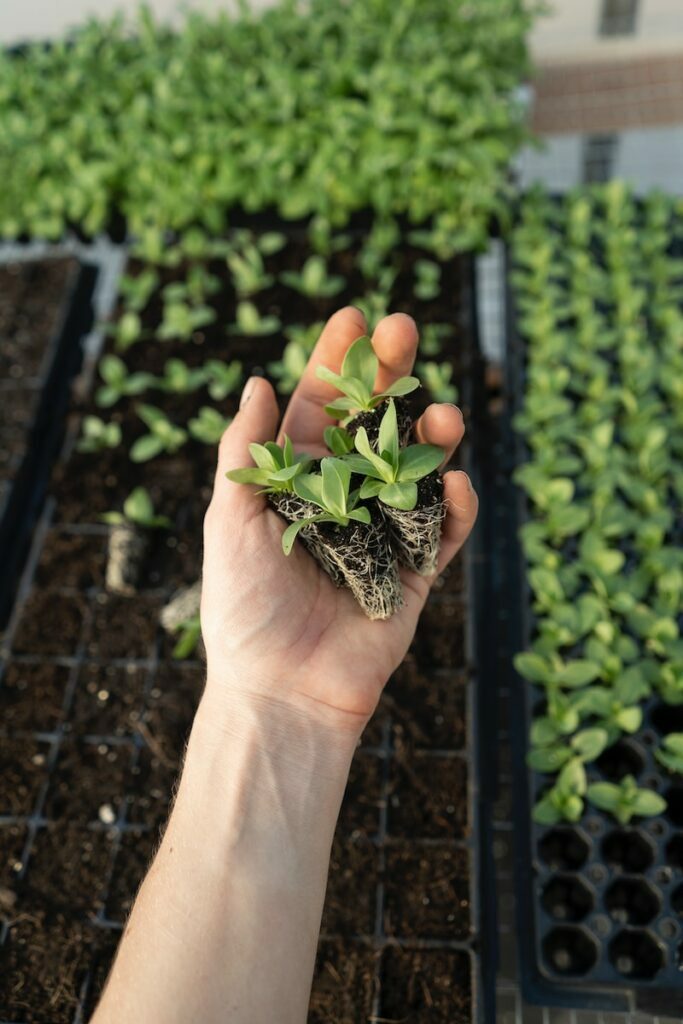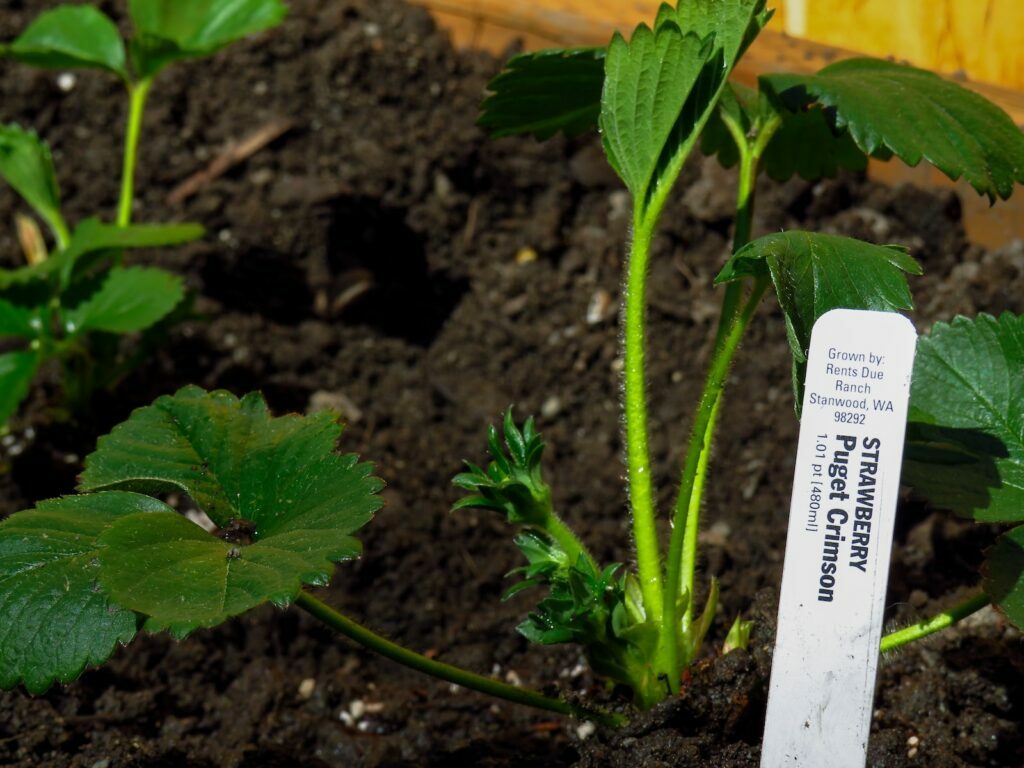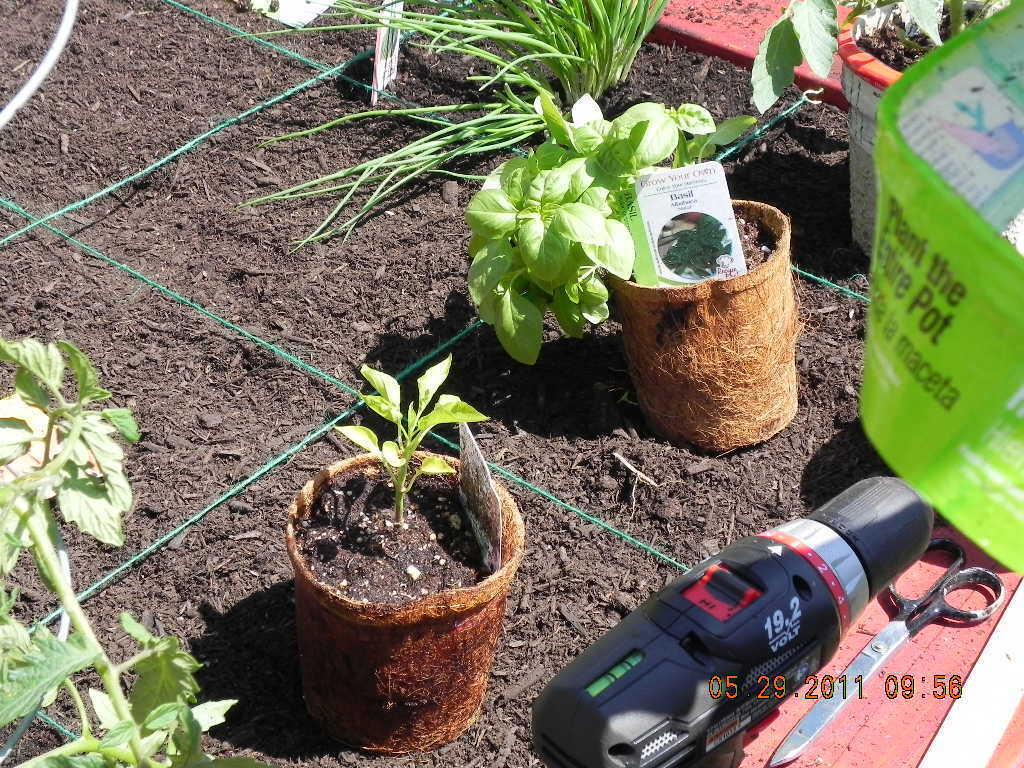Story of Day :
Companion planting is a great way to maximize the potential of your garden. It involves planting different types of plants together in order to benefit each other. Companion planting can help to improve soil fertility, reduce pests and diseases, and increase yields.
It can also provide a more attractive and diverse garden. In this article, we will discuss how you can use companion planting in your garden to get the most out of it.

The Benefits of Companion Planting: How to Maximize Your Garden’s Potential
Companion planting is a great way to maximize your garden’s potential. It’s an age-old practice that involves planting different types of plants together to benefit each other. Here are some of the benefits of companion planting:
1. Improved Soil Quality: Planting different types of plants together helps to improve the soil quality by increasing the amount of organic matter in the soil. This helps to create a healthier environment for your plants and can even help to reduce the need for chemical fertilizers.
2. Pest Control: Planting certain plants together can help to repel pests and keep them away from your other plants. For example, planting marigolds near tomatoes can help to keep away aphids and other pests that may otherwise damage your tomato plants.
3. Increased Yields: Companion planting can also help to increase yields by providing more nutrients for your plants. For example, planting legumes near other crops can help to fix nitrogen in the soil, which can then be used by other plants.
4. Improved Pollination: Planting certain flowers near vegetables can help to attract beneficial insects like bees, which will then help to pollinate your vegetables and increase yields.
Overall, companion planting is a great way to maximize your garden’s potential and get the most out of it. By taking advantage of these benefits, you can create a healthier and more productive garden!

A Beginner’s Guide to Companion Planting: Tips and Tricks for a Successful Garden
Are you looking to get the most out of your garden? Companion planting is a great way to maximize your garden’s potential! Here are some tips and tricks to help you get started.
1. Know Your Plants: Before you start companion planting, it’s important to know which plants will work best together. Research which plants have similar needs and will benefit each other when planted together.
2. Plant in Groups: Grouping plants together can help create a more efficient garden. Planting in groups can help conserve water, reduce weeds, and attract beneficial insects.
3. Plant for Pollinators: Planting flowers that attract pollinators like bees and butterflies can help increase the yield of your garden. These pollinators will help spread pollen from one plant to another, resulting in more fruits and vegetables.
4. Use Mulch: Mulch helps retain moisture in the soil and prevents weeds from growing. It also helps keep the soil temperature consistent, which is important for many plants.
5. Rotate Crops: Rotating crops every year helps prevent disease and pests from taking over your garden. It also helps replenish the soil with nutrients that certain plants need to thrive.
By following these tips and tricks, you’ll be well on your way to creating a successful companion planting garden!
Conclusion
Companion planting is a great way to maximize the potential of your garden. It can help you create a more diverse and productive garden, while also providing natural pest control and improving soil health. With careful planning and research, you can use companion planting to create a thriving garden that will provide you with fresh produce for years to come.



